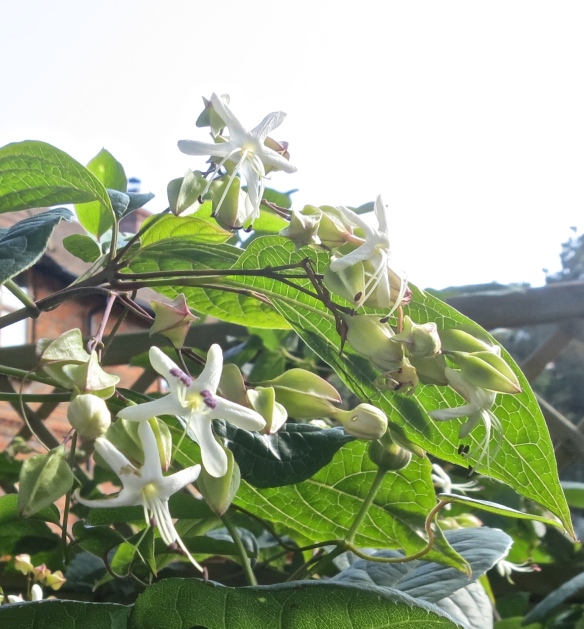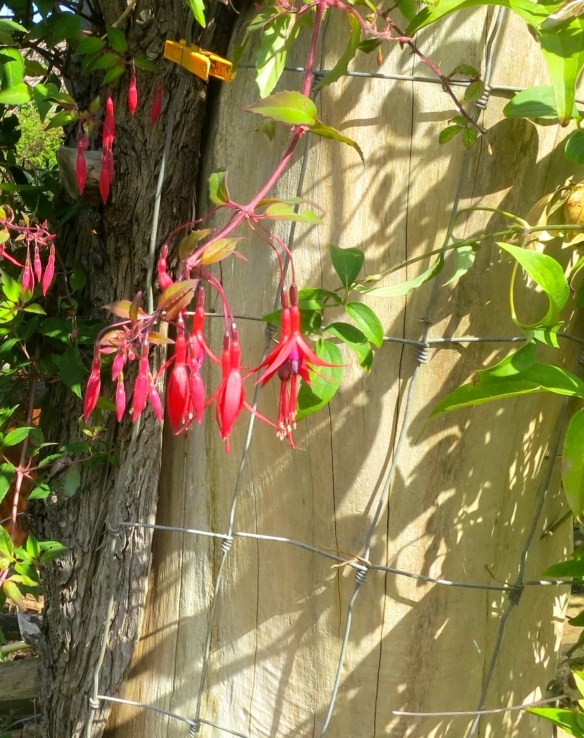Today I finished reading this work.
Given that until 1856, when Rudin, his first novel, was produced, Turgenev had produced only a series of short stories and drama it is perhaps unsurprising that this work reads very like a play. Much of the work consists of masterful dialogue with clearly defined scenes.
Almost as if introducing Act I, Scene I, the opening paragraph demonstrates the writer’s descriptive ability: “It was a quiet summer morning. The sun was already high in a clear sky; but the fields still glistened with dew, from newly awakened hollows rose a fragrant freshness and in woodland, still damp and unrustling, there could be heard the gay sound of early birdsong. On the summit of a gentle hill, covered from top to bottom with newly blossomed rye, a small village could be seen. Towards this little village, along a narrow cross-country track, a young woman walked, in a white Muslim dress and round straw hat, carrying a parasol. A servant boy followed some distance behind her.”
There are a number of examples of the moods of weather influencing those of the characters; and of its atmosphere lifting or depressing the cast. After a sudden summer storm “The sky had almost completely cleared when Natalya went into the garden. It breathed freshness and tranquility, that gentle and happy tranquility to which the heart of man responds with a sweetly oppressive stirring of secret sympathy and indefinable longings………”
Turgenev presents people, even relatives, who, despite thinking they know each other well, do not do so at all. Indeed, Rudin probably knows himself better than anyone, in that he understands that there is a disjointedness between his intellect and his emotions. He is able to throw himself into an activity or an idea, but always to let it slip away, destined to wander the world as he aged.
Through the voices of the eponymous protagonist and the several dramatis personae we learn that Rudin is an intellectually gifted and eloquent speaker immediately able to attract people but not to retain relationships. He is able to philosophise on love but not truly to engage with it.
The translator, Richard Freeborn, has produces a useful introduction.

Penguin’s cover shows a detail of ‘On the Banks’ by Repin.
In my second year of blogging, I was producing thumbnail pieces on books included in uncategorised posts. Here is an extract from https://derrickjknight.com/2014/09/04/the-scent-bottle/ produced on the old WP Classic Editor
“This afternoon I finished reading Ivan Turgenev’s masterpiece, ‘On The Eve’. In the 1850s, when he worked on the novel, the world was about to change through Russia’s devastating war with the English and European alliance. This is a tragic love story, beautifully, sensitively, and insightfully written. The characters are well drawn, and the prose flows pleasingly. The last chapters in which the ill-fated couple Elena and Insarov spend an evening watching ‘La Traviata’ brilliantly ties up the story, for, like Verdi’s heroine, Insarov is dying of consumption.
My Folio Society edition is elegantly illustrated by Lauren Nassef.”

This is the one picture I posted then.
This evening we dined on firm fillets of duck breast; tasty gravy; boiled new potatoes; tender brassica in the form of cabbage and cauliflower leaves; crunchy carrots; and cauliflower, broccoli al dente.
























